Your cart is currently empty!
American Built, Affordable Price. Check out the all new TrueView1 LITE
Inspection
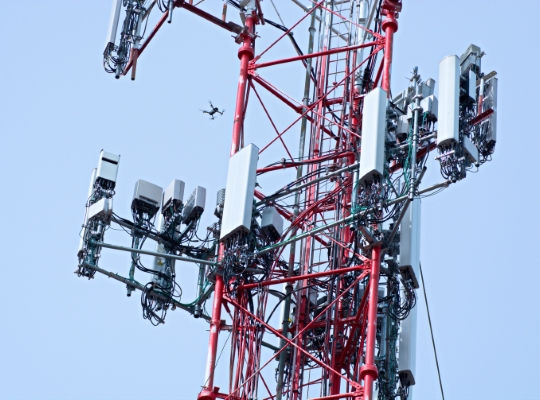
Modern drones are revolutionizing professional inspections across diverse industries, fundamentally altering how data is collected and analyzed. Their most critical contribution is enhanced worker safety, allowing inspectors to remain grounded and eliminating the need for physical access to hazardous environments. This mitigates risks associated with height, wind, waves, extreme weather, and radiation, significantly reducing workplace accidents and health hazards.
Beyond safety, drones deliver superior data quality at accelerated speeds compared to traditional inspection methods. They offer unparalleled aerial perspectives, previously achievable only with costly and logistically complex solutions like cranes, lifts, or manned aircraft. Drones excel in navigating confined and challenging spaces, such as under bridges, inside cooling towers, and atop towering structures. Depending on the application, a simple high-resolution camera drone may suffice, while more demanding scenarios necessitate specialized platforms equipped with advanced payloads like high-zoom cameras, thermal imaging sensors, LiDAR, or gas detection equipment (e.g., methane detectors).
Expanding on Specific Professional Inspection Applications:
- Infrastructure Inspections:
- Bridges and Roads: Drones inspect structural integrity, detect cracks, corrosion, and erosion, and monitor road surface conditions.
- Power Lines and Towers: Drones identify damaged insulators, loose connections, and vegetation encroachment, improving grid reliability.
- Pipelines: Drones detect leaks, corrosion, and damage along pipelines, preventing environmental hazards and ensuring safe operation.
- Dams and Levees: Drones monitor structural integrity, detect seepage, and assess erosion, safeguarding water resources and downstream communities.
- Industrial Inspections:
- Oil and Gas Facilities: Drones inspect tanks, pipelines, and offshore platforms for leaks, corrosion, and structural damage, enhancing safety and efficiency.
- Renewable Energy: Drones inspect wind turbine blades and solar panels for damage, optimizing energy production.
- Manufacturing Plants: Drones inspect hard-to-reach areas, such as roofs, tanks, and chimneys, for damage and maintenance needs.
- Cooling Towers: Drones are used to inspect the internal and external structure of cooling towers, to detect damage and deterioration.
- Environmental Inspections:
- Wildlife Monitoring: Drones track animal populations, monitor habitat health, and detect poaching activities.
- Environmental Compliance: Drones monitor industrial emissions, detect pollution, and assess environmental damage.
- Disaster Response: Drones assess damage after natural disasters, such as floods and earthquakes, aiding in rescue and recovery efforts.
- Insurance Inspections:
- Drones assess property damage after storms, fires, and other events, expediting claims processing.
- Drones are used to inspect roofs and other hard to reach areas, for underwriting purposes.
Modern software and analytical tools enhance the value of drone-captured data, enabling the generation of standardized, customizable reports that are easily shared across platforms. This facilitates informed decision-making and streamlines communication among stakeholders. Ultimately, drones deliver safer, faster, more accurate, and cost-effective inspections, transforming professional practices across numerous industries.
Related Products
-
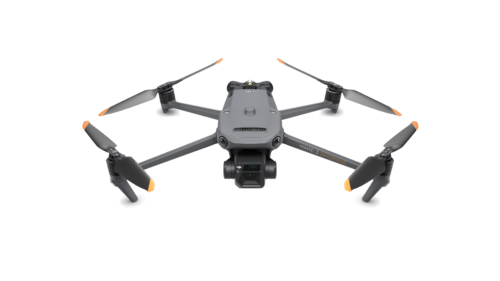 DJI Mavic 3 Enterprise$3,899.00
DJI Mavic 3 Enterprise$3,899.00 -
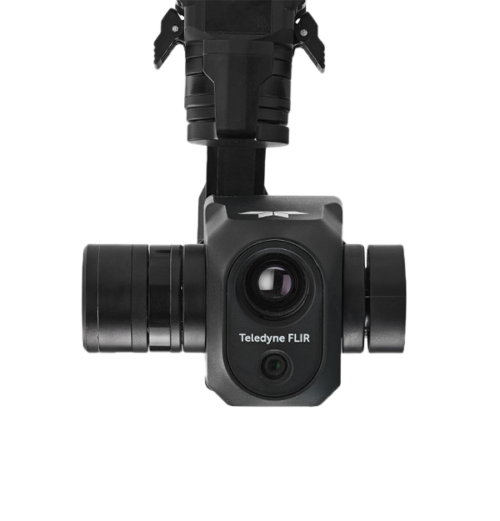 VUE TV128+ (no-R) Payload$7,428.57
VUE TV128+ (no-R) Payload$7,428.57 -
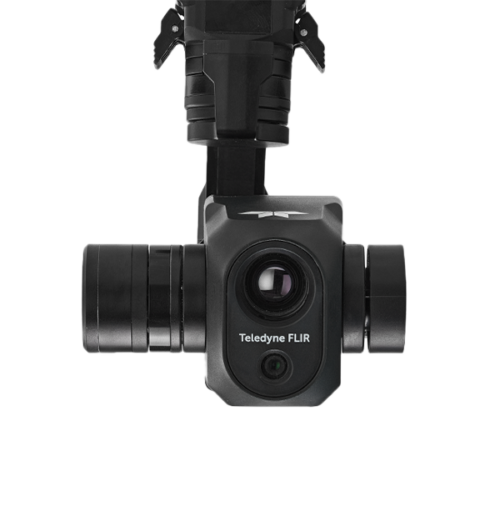 VUE TV128 Payload$5,000.00
VUE TV128 Payload$5,000.00 -
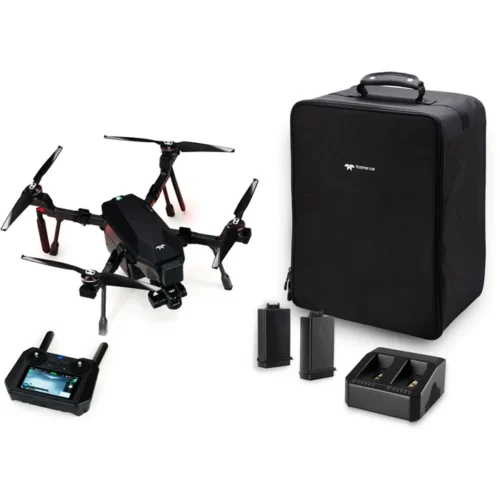 SIRAS TV128+ (no-R) Bundle w/ 2 Pair Batteries$11,100.00
SIRAS TV128+ (no-R) Bundle w/ 2 Pair Batteries$11,100.00 -
 SIRAS TV128+ (no-R) Bundle w/ 1 Pair Batteries$10,664.00
SIRAS TV128+ (no-R) Bundle w/ 1 Pair Batteries$10,664.00 -
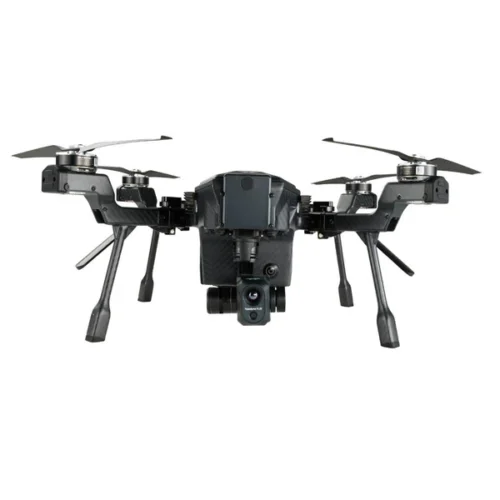 SIRAS TV128 Bundle w/ 2 Pair Batteries$10,194.00
SIRAS TV128 Bundle w/ 2 Pair Batteries$10,194.00 -
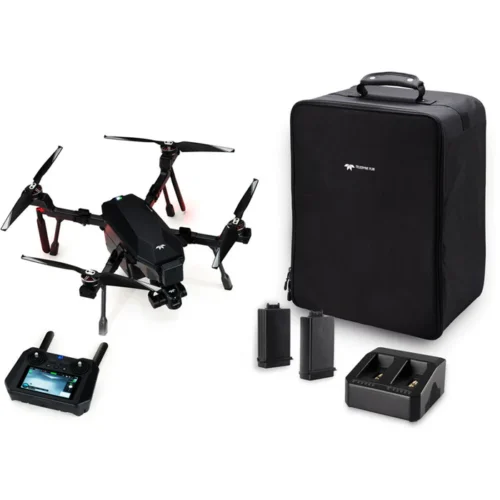 SIRAS TV128 Bundle w/ 1 Pair Batteries$9,760.00
SIRAS TV128 Bundle w/ 1 Pair Batteries$9,760.00 -
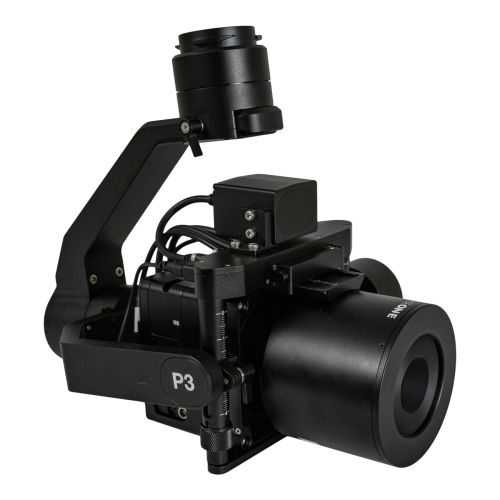 PhaseOne iXM-100 – IF1200 Payload$65,000.00
PhaseOne iXM-100 – IF1200 Payload$65,000.00 -
 Gremsy VIO – IF1200 Payload$15,000.00
Gremsy VIO – IF1200 Payload$15,000.00 -
 Gremsy VIO – IF800 Payload$15,000.00
Gremsy VIO – IF800 Payload$15,000.00 -
 Night Vision Camera$13,999.00
Night Vision Camera$13,999.00 -
 Gremsy Vio G1 (SkyScout)$12,710.00
Gremsy Vio G1 (SkyScout)$12,710.00 -
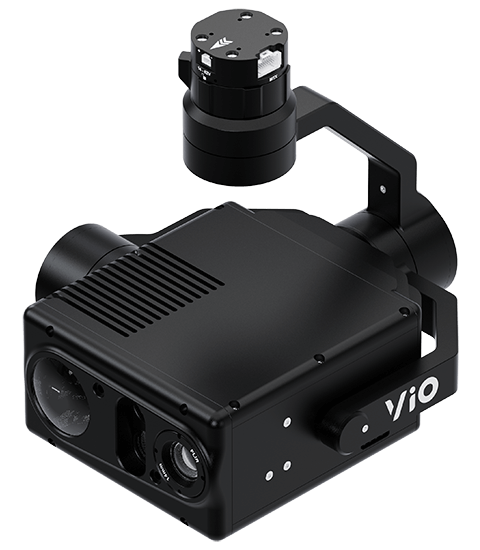 Gremsy Vio F1 (SkyScout)$15,000.00
Gremsy Vio F1 (SkyScout)$15,000.00 -
 Gremsy Zio (SkyScout)$5,500.00
Gremsy Zio (SkyScout)$5,500.00 -
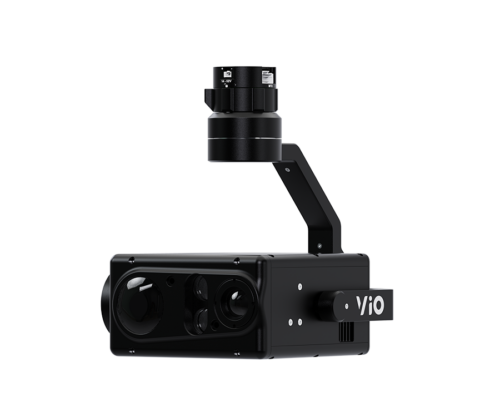 Gremsy Vio G1 (Ranger Pro set up)**$12,710.00
Gremsy Vio G1 (Ranger Pro set up)**$12,710.00 -
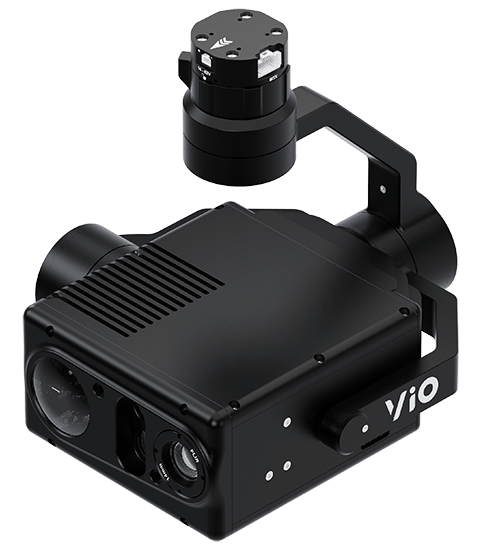 Gremsy Vio F1 (Ranger Pro)**$15,000.00
Gremsy Vio F1 (Ranger Pro)**$15,000.00 -
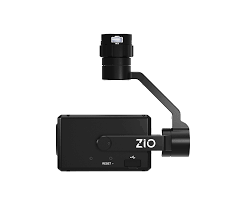 Gremsy Zio (Ranger Pro)**$4,995.00
Gremsy Zio (Ranger Pro)**$4,995.00 -
 Anzu Raptor w/ RTK module and charging hub + 1-year Care Protection$5,499.00
Anzu Raptor w/ RTK module and charging hub + 1-year Care Protection$5,499.00
